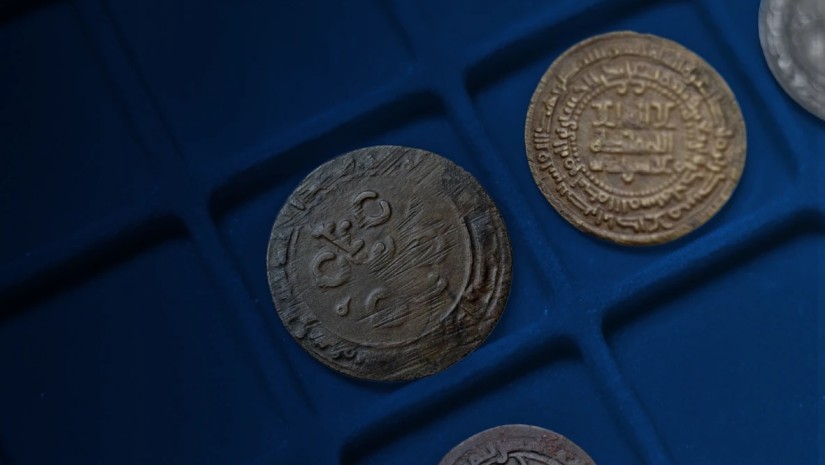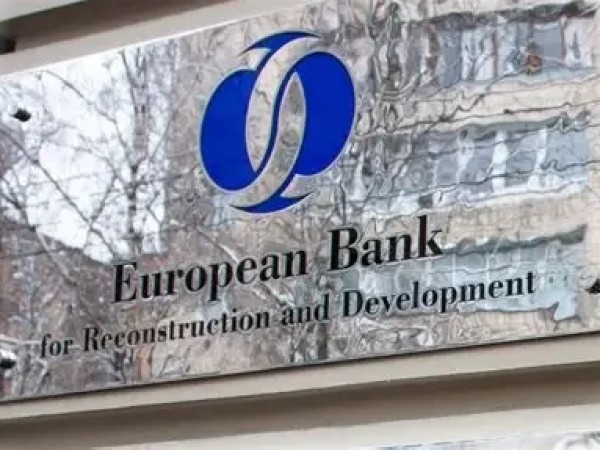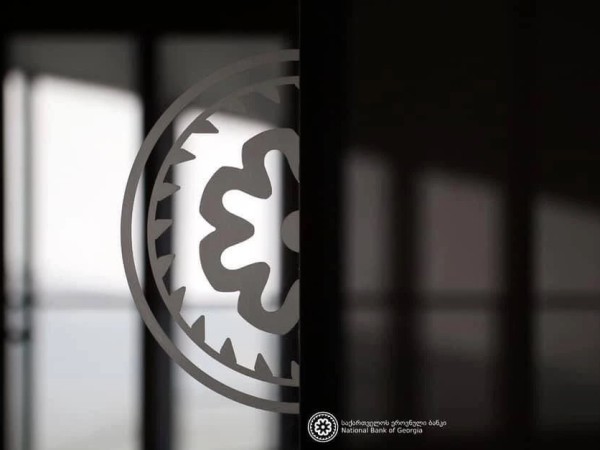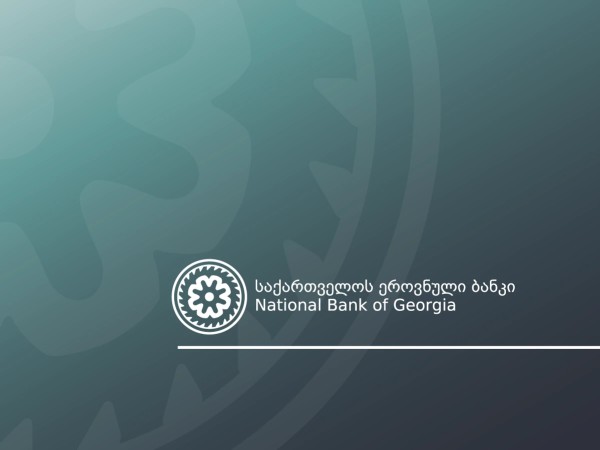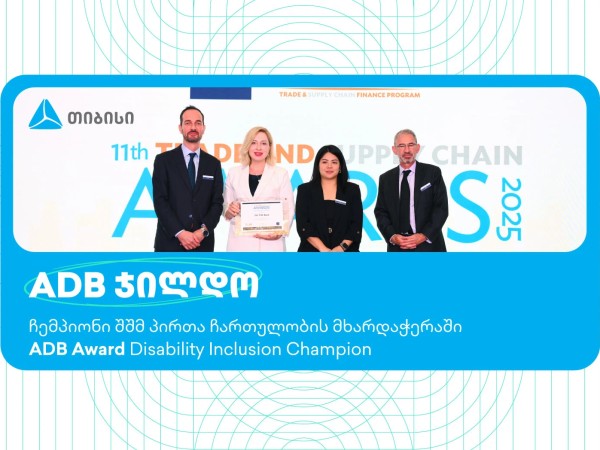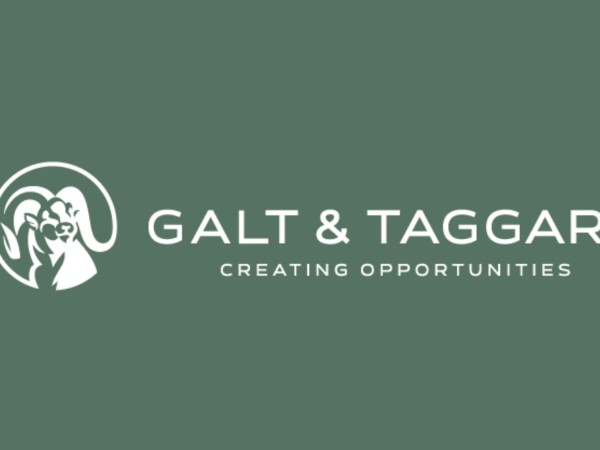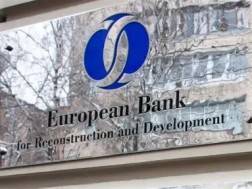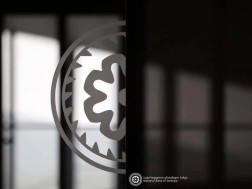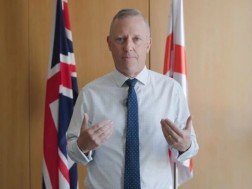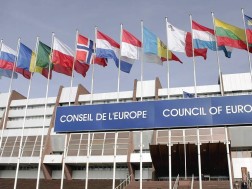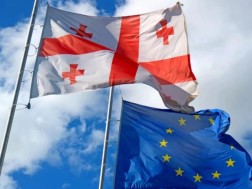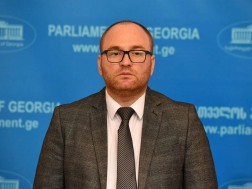Tbilisi (GBC) - Georgian lari (GEL) is expected to remain stable around its current level throughout 2025, - according to TBC Capital’s latest macroeconomic review. The investment bank notes that net foreign exchange inflows improved significantly in August, though demand for foreign currency also rose, partly influenced by shifts in the currency composition of deposits.
TBC Capital’s short- and long-term equilibrium framework suggests that the GEL remains slightly weak but near equilibrium, providing support for its potential strengthening.
The report highlights that net foreign exchange inflows, which combine tourism revenues, trade in goods, and remittances, rose in August after seasonal adjustments. A revision of past import data slightly lowered inflow estimates for the first seven months of 2025, though the overall trend remains positive, with inflows serving as a major stabilizing factor for the lari.
Trade dynamics also contributed to stability. Both exports (up 5.9% year-on-year) and imports (down 6.9%) decreased, driven largely by the automobile sector. While re-exports slowed in August, local exports, particularly ferroalloys, copper, and precious metal ores, showed slight improvement, with precious metal exports benefiting from higher global prices. Wine and other traditional products continued to see weaker growth.
Remittances, another key component of foreign exchange inflows, increased by 12.5% year-on-year in August. Growth from the EU and US slowed over the past two months but remains the main driver of remittance inflows. Tourism revenues, as indicated by non-cash spending by non-residents, continued to rise into September, supporting overall inflows.
Regarding deposit conversions, daily data indicate faster growth in foreign currency deposits compared to GEL since mid-September. While sentiment-driven purchases of foreign currency by households and businesses increased in July and August, lari deposits have not decreased, limiting structural risks to the exchange rate. TBC Capital expects the National Bank of Georgia’s (NBG) foreign exchange interventions for dollar purchases in September to be relatively small but positive, with an estimated total of $1.6 billion purchased from the start of the year to September.
Finally, recent data revisions by the State Statistics Service raised Georgia’s second-quarter economic growth rate from 7.1% to 7.3%, bringing first-half growth to 8.4%, further reinforcing the lari’s stability.

